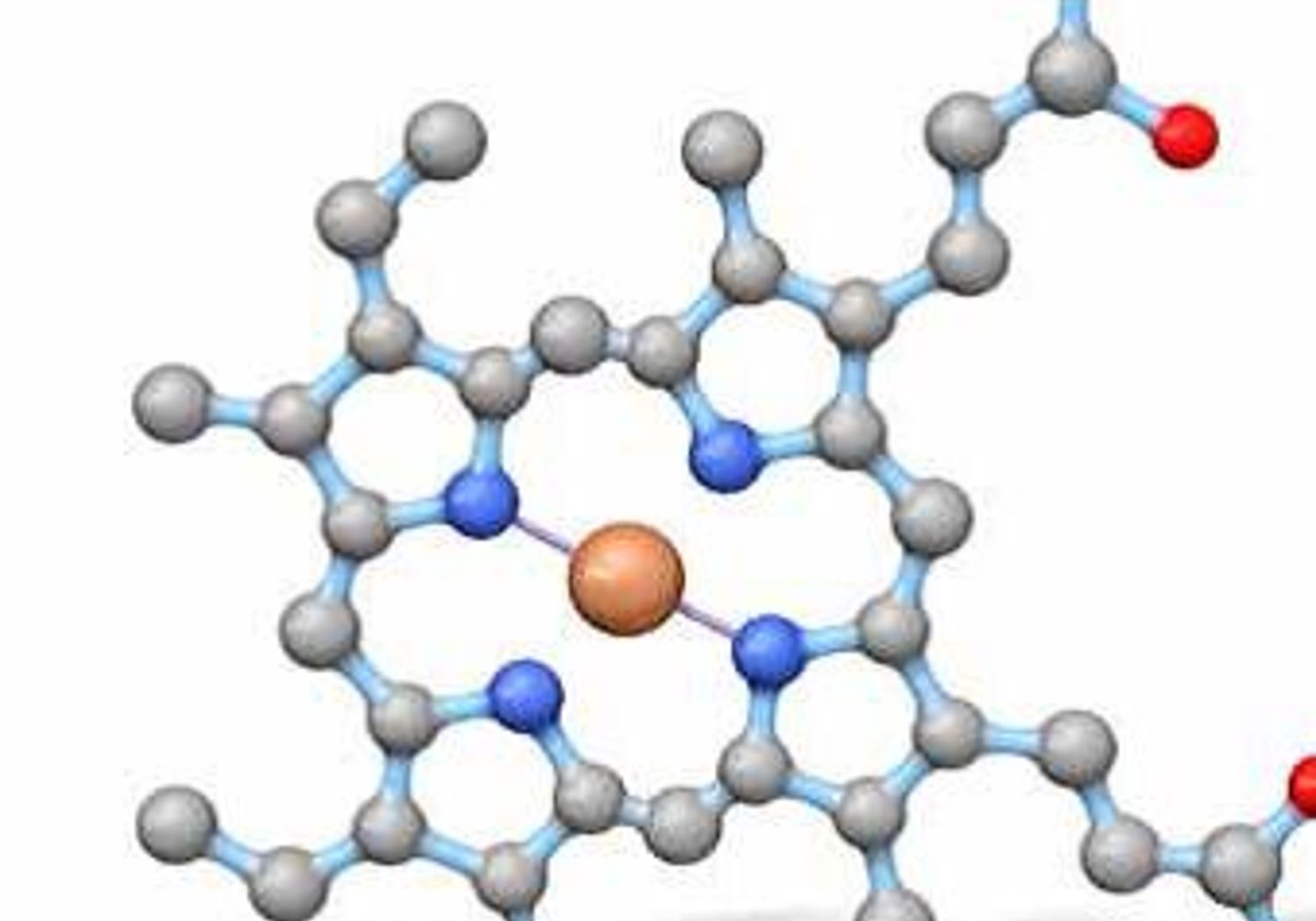Metrology for metalloproteins
Short Name: Metallomics, Project Number: HLT05
Diagnosis and treatment using metalloproteins: Identifying and quantifying metalloproteins
A metalloprotein is a protein with a metal ion within its structure, such as haemoglobin (Hb), which contains iron. Metalloproteins are important biomarkers for conditions ranging from anaemia to Down’s syndrome. They are also used in cancer treatment but their wider adoption in clinical practice is limited as there are no traceable measurement methods for many metalloproteins.
The EMRP project HLT05 Metrology for metalloproteins developed methods for quantifying the many different types of metalloprotein using isotope dilution mass spectrometry (IDMS) and isotope dilution Raman spectrometry (IDRS). New methods for separating, identifying and quantifying proteins in patient samples helped to reduce the effects of other interfering molecules during diagnosis of medical conditions. The project developed reference measurement procedures and traceability for methods, which will enable better quantification of metalloproteins in biological samples.
The project:
- Investigated and confirmed the suitability of various chromatography separation methods for separating metalloproteins from blood samples or serum, prior to analysis by IDMS or IDRS.
- Prepared and characterised isotopically labelled materials for purity, metal content and isotopical enrichment for use with IDMS.
- Developed validated measurement procedures for an IDMS technique that minimises the effects of any potential species changes and/or losses of metal, important for diagnosing diseases and for cancer treatments.
- Developed an isotope dilution Raman method for the quantification of total haemoglobin (Hb) and used this with other candidate reference methods to confirm the performance of existing routine methods (HiCN and AHD) used in accredited clinical laboratories.
The primary reference methods developed in the project provide traceability to measurement standards and establish compliance with EU regulations, including the In-Vitro Diagnostics (IVD) Directive. The AHD method for determining total Hb in blood samples will soon become an internationally established reference technique important in anaemia testing. This will reduce reliance on the HiCN method which uses toxic potassium cyanide. The IDMS procedures developed in the project allow complexes of vanadium in human blood serum to be quantified at the relevant clinical levels needed for the treatment of diabetes. The characterised, isotopically-labelled materials can be used in mass spectrometry to determine the levels of total Hb and haemoglobin A2 in samples of blood, offering the potential to test for blood diseases, such as β-thalassaemia and Sickle cell anaemia.
Journal of Analytical Atomic Spectrometry
Journal of Analytical Atomic Spectrometry
Journal of Analytical Atomic Spectrometry
Journal of Analytical Atomic Spectrometry
Journal of Analytical Atomic Spectrometry
Journal of Analytical Atomic Spectrometry
Analytical and Bioanalytical Chemistry
Journal of the Americal Chemical Society
Metrologia
Analytical and Bioanalytical Chemistry
Journal of analytical atomic spectrometry
